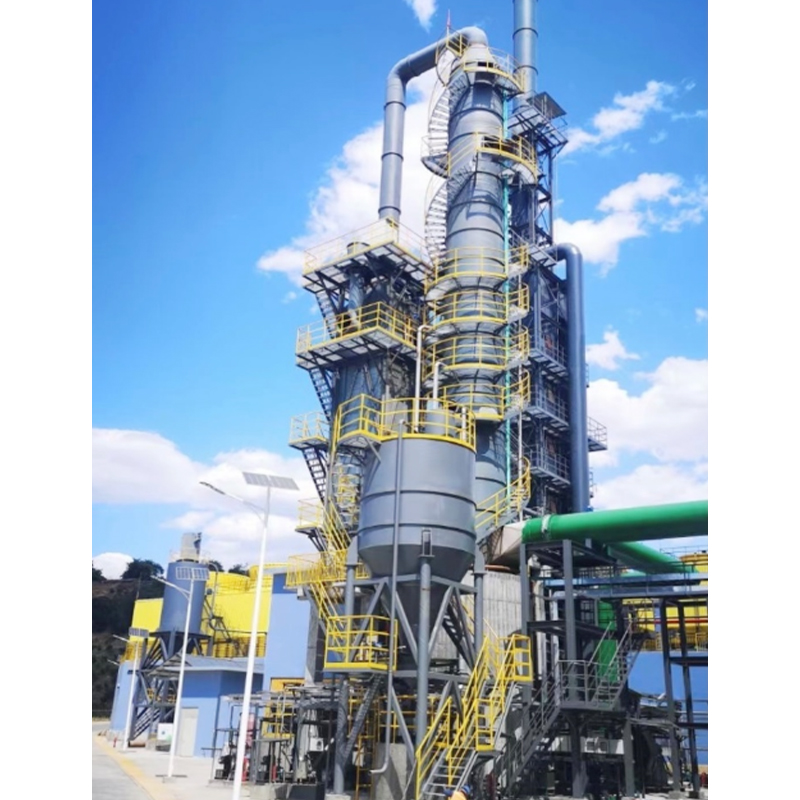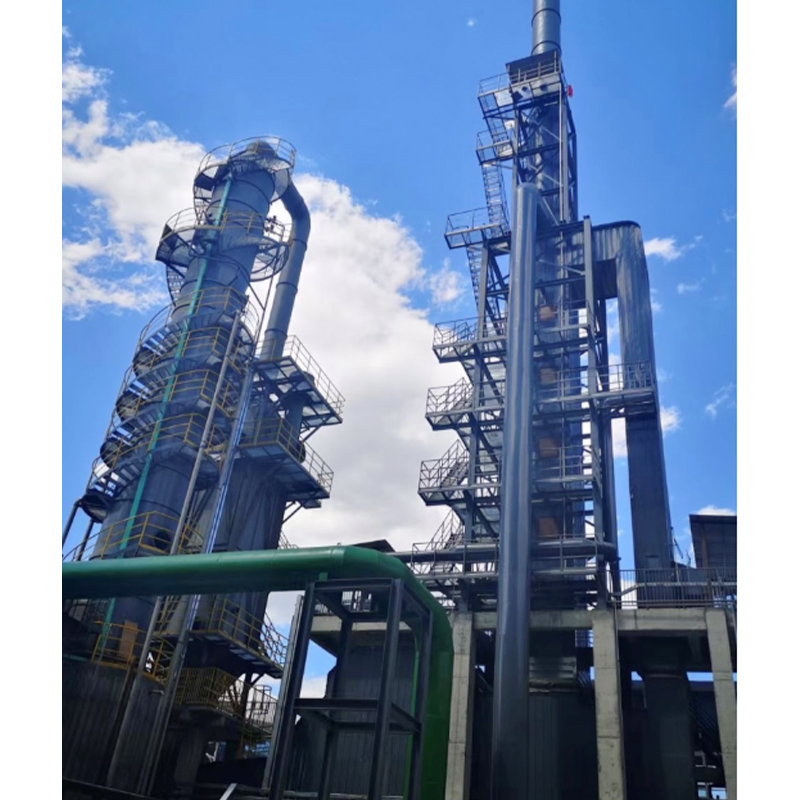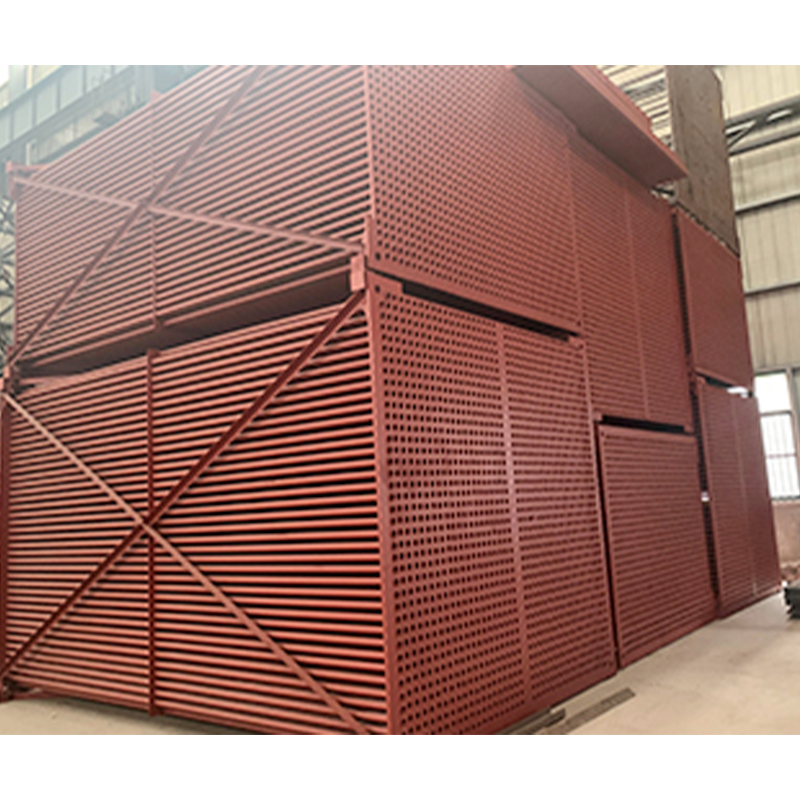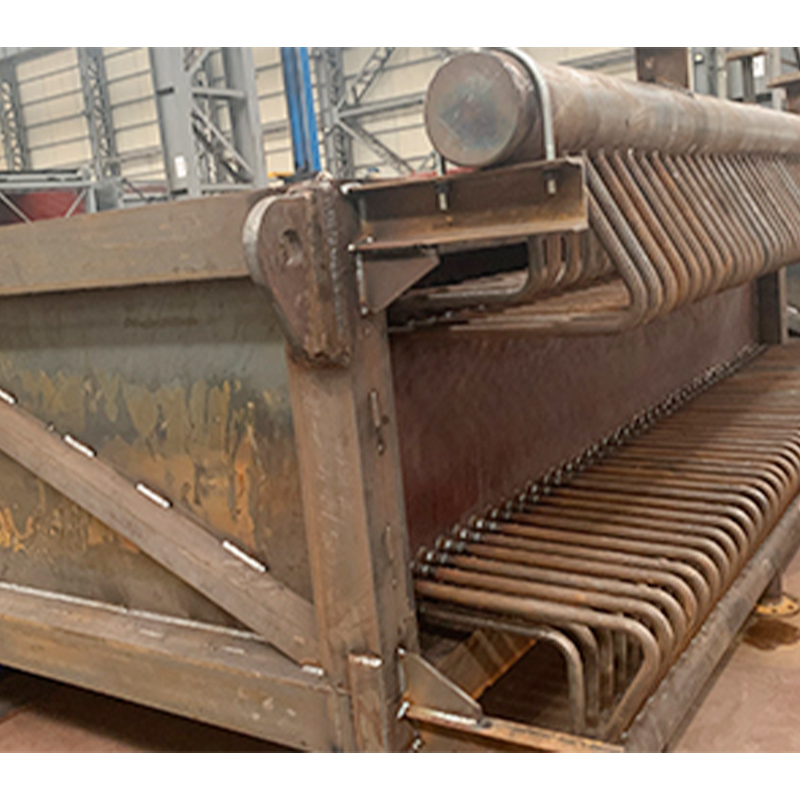Various Heat Exchangers
Heat exchangers are devices that use heat exchange between different fluids to achieve temperature control. They are widely used in many fields such as petroleum, chemical, electricity, food, HVAC (heating, ventilation and air conditioning), and pharmaceuticals. Different types of heat exchangers have different application scenarios, uses, characteristics, and advantages. The following are common types of heat exchangers and their related content.
1. **Shell and Tube Heat Exchanger**
#### Application Scenarios
- Petrochemical, natural gas processing, power industry, high temperature and high pressure gas processing, refrigeration system, etc.
- Used for oil refining, liquefied natural gas (LNG) processing, condensation, evaporation, etc.
#### Applications
- Widely used for steam condensation, liquid heating or cooling, gas heating and cooling.
#### Features
- Consists of two parts, the fluid flows inside and outside the pipe respectively, and the heat exchange is carried out through the pipe wall.
- Can adapt to high temperature, high pressure, and different fluid working environments.
- Strong structure and easy maintenance.
#### Advantages
- Suitable for large flow, high pressure, and high temperature occasions.
- Good scalability and strong flexibility.
- Relatively simple to clean and maintain, easy to replace and adjust.
---
2. **Plate Heat Exchanger (PHE)**
#### Application Scenarios
- Food and beverage, chemical, pharmaceutical, HVAC system, hot water recovery system, etc.
- Used for cooling, heating and energy-saving recovery, etc.
#### Applications
- Used for heat exchange of medium and low temperature fluids, especially suitable for efficient and compact applications.
#### Features
- Made of multiple metal plates stacked together, the fluid exchanges heat through the flow channels between the plates.
- The number of plates can be flexibly increased or decreased according to demand to meet different heat exchange requirements.
- Small size, small footprint, high heat transfer efficiency.
#### Advantages
- High heat exchange efficiency, smaller footprint than shell and tube heat exchangers.
- Easy to clean and maintain, especially suitable for applications that require frequent cleaning.
- Suitable for handling low temperature and high viscosity fluids.
---
3. **Air Cooled Heat Exchanger**
#### Application Scenarios
- Areas without sufficient water sources, such as offshore platforms and oil fields far from water sources.
- Petroleum, chemical, natural gas and other industries.
#### Purpose
- Used to cool liquids or gases and remove heat through air flow.
#### Features
- Air is introduced into the heat exchanger through fans or natural ventilation to cool the fluid.
- No water source is required, suitable for areas with water shortages.
- The fan needs to be powered and the system needs to be cleaned regularly.
#### Advantages
- No water source is required, saving water.
- Installation and maintenance are relatively simple.
- Not sensitive to environmental conditions, can be used in dry or warm areas.
---
4. **Double Pipe Heat Exchanger**
#### Application Scenarios
- Used for heat exchange with small flow rates, commonly found in small chemical plants, hot water supply, etc.
- Suitable for temperature control systems in homes and commercial buildings.
#### Applications
- Suitable for heat exchange with small flow rates, such as cooling, heating or energy-saving recovery.
#### Features
- Inner and outer tube structure, the fluid flows through the inner tube on one side and the outer tube on the other side.
- Suitable for simple working conditions, easy to install and disassemble.
#### Advantages
- Simple structure and small footprint.
- Flexible installation, suitable for small-scale heat exchange occasions.
- Easy maintenance.
---
5. **Spiral Heat Exchanger**
#### Application scenarios
- Chemical, food, pharmaceutical and wastewater treatment fields.
- Used to treat viscous fluids or gas-liquid two-phase fluids.
#### Applications
- Used for heat exchange of high-viscosity fluids or gas-liquid two-phase fluids, with strong anti-fouling ability.
#### Features
- Multi-layer spiral plates form multiple flow channels.
- Especially suitable for fluids with high viscosity or easy to foul.
#### Advantages
- High heat exchange efficiency and small footprint.
- Suitable for viscous and corrosive fluids.
- Strong anti-clogging ability, reducing maintenance and cleaning work.
---
6. **Floating Head Heat Exchanger**
#### Application Scenario
- Petrochemical, natural gas, oil refining, steam condensation and other fields.
- Used in applications that require a large thermal expansion space.
#### Uses
- Used for heat exchange in high temperature and high pressure environments, and can withstand large expansion and contraction.
#### Features
- Floating coil design, easy to adapt to temperature differences.
- Suitable for high temperature, high pressure and difficult to maintain environments.
#### Advantages
- Adapt to temperature differences and reduce equipment damage.
- Strong structure, high pressure resistance, suitable for harsh environments.
---
7. **Rotary Heat Exchanger**
#### Application Scenario
- Suitable for air conditioning, ventilation systems, energy recovery systems.
- Commonly used for temperature and humidity control in buildings.
#### Applications
- Used for temperature and humidity regulation, energy saving and recovery in air handling systems, etc.
#### Features
- Rotating heat exchanger realizes heat exchange.
- Can regulate temperature and humidity at the same time.
#### Advantages
- Energy-saving and efficient, suitable for HVAC systems.
- Provides dual regulation of temperature and humidity, suitable for environmental control with higher requirements.
---
8. **Evaporative Condenser**
#### Application scenarios
- Refrigeration, air conditioning, industrial cooling, etc.
- Used in air conditioning systems, large cooling towers, etc.
#### Applications
- Used to condense gas into liquid, or release heat during condensation.
#### Features
- Perform evaporation and condensation at the same time.
- Suitable for large-scale heat exchange and cooling systems.
#### Advantages
- High efficiency and energy saving, can effectively reduce equipment energy consumption.
- Suitable for working conditions requiring large-scale cooling.
---
### Summary
Different types of heat exchangers have different application scenarios, uses, characteristics and advantages in various industries according to their structure, application and working principle. Selecting the right heat exchanger can help improve energy efficiency, reduce costs and meet process requirements in specific environments. In practical applications, reasonable selection of heat exchanger type and optimized design can greatly improve the overall performance and efficiency of the system.




